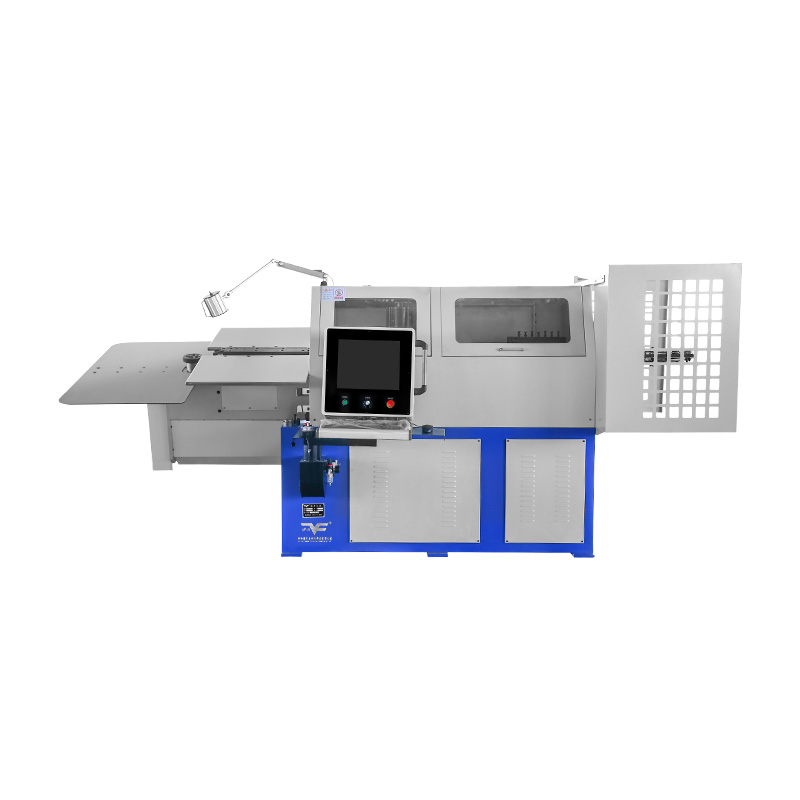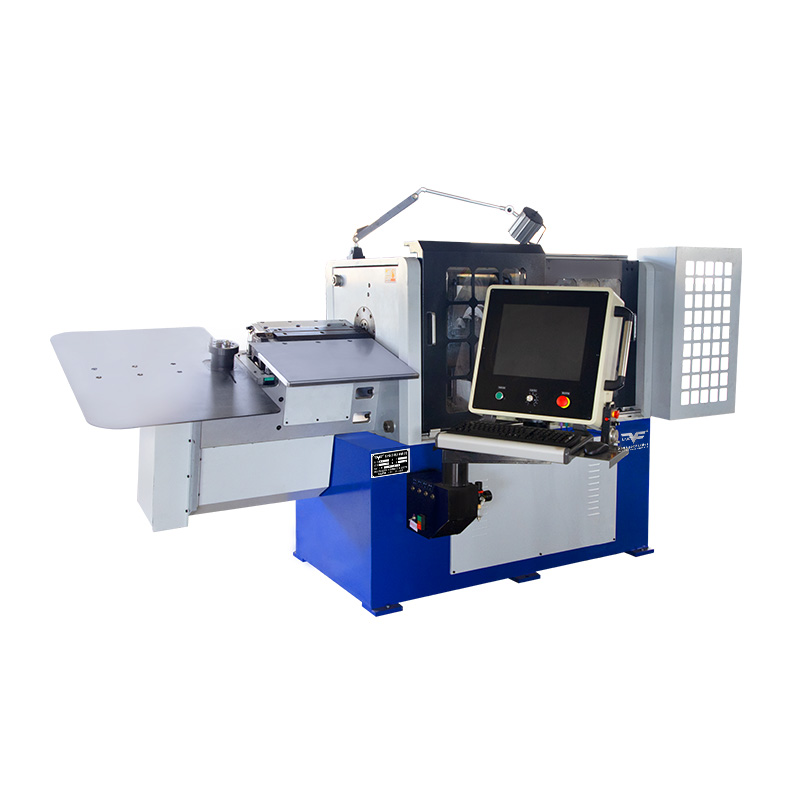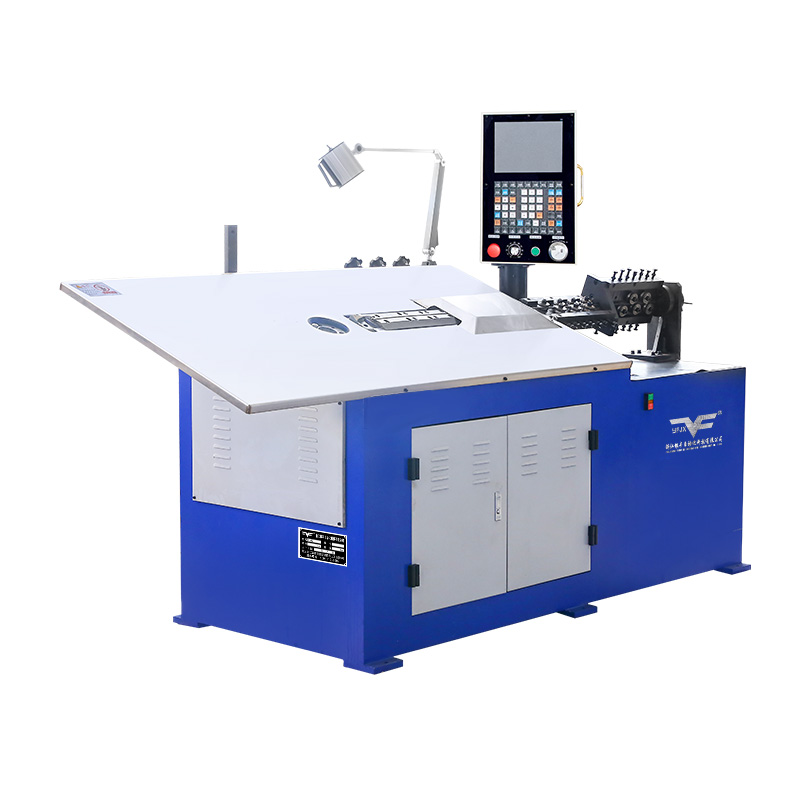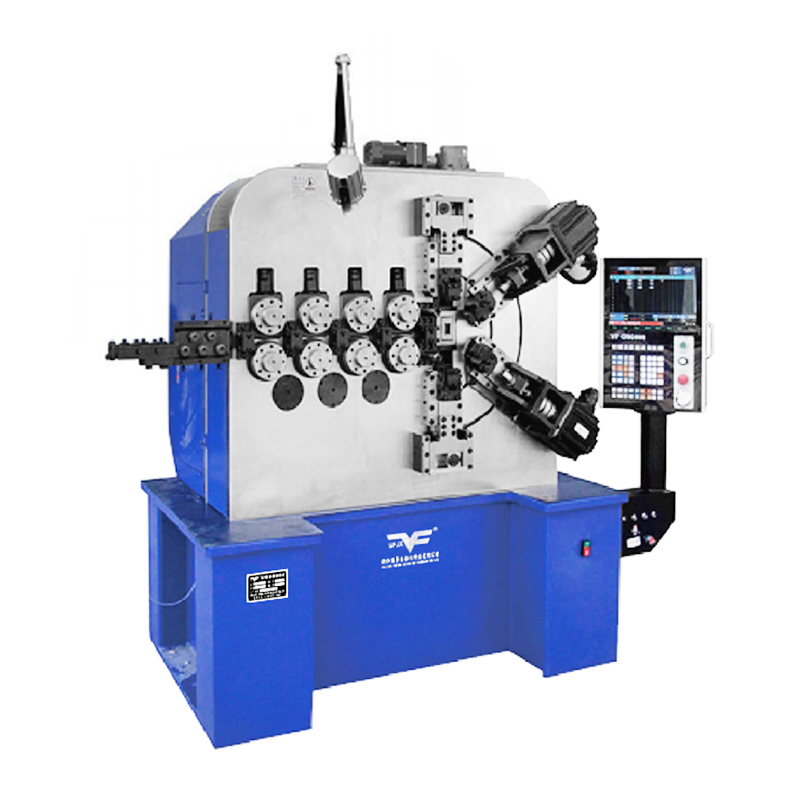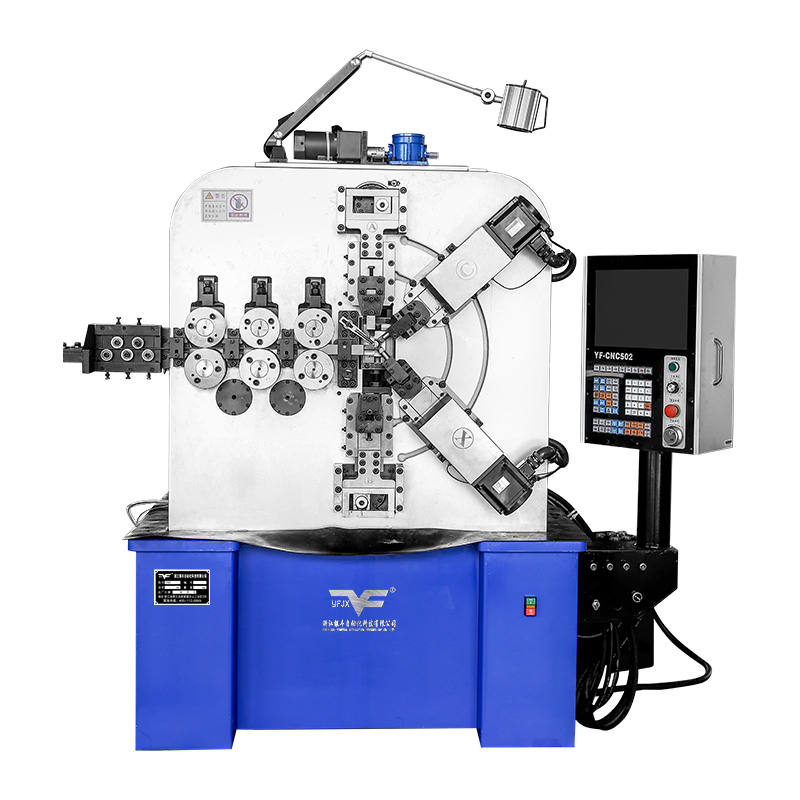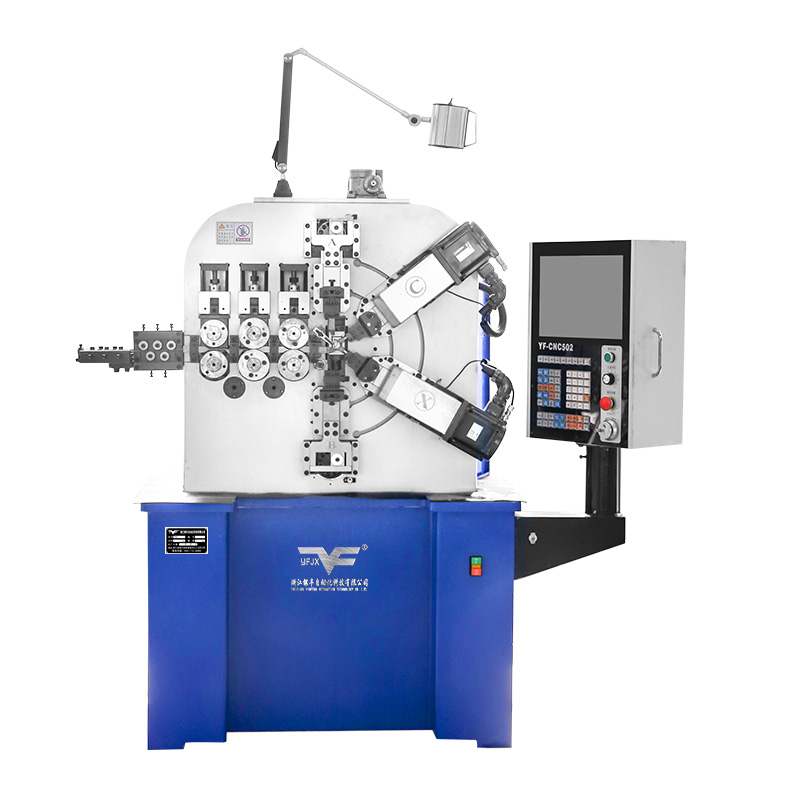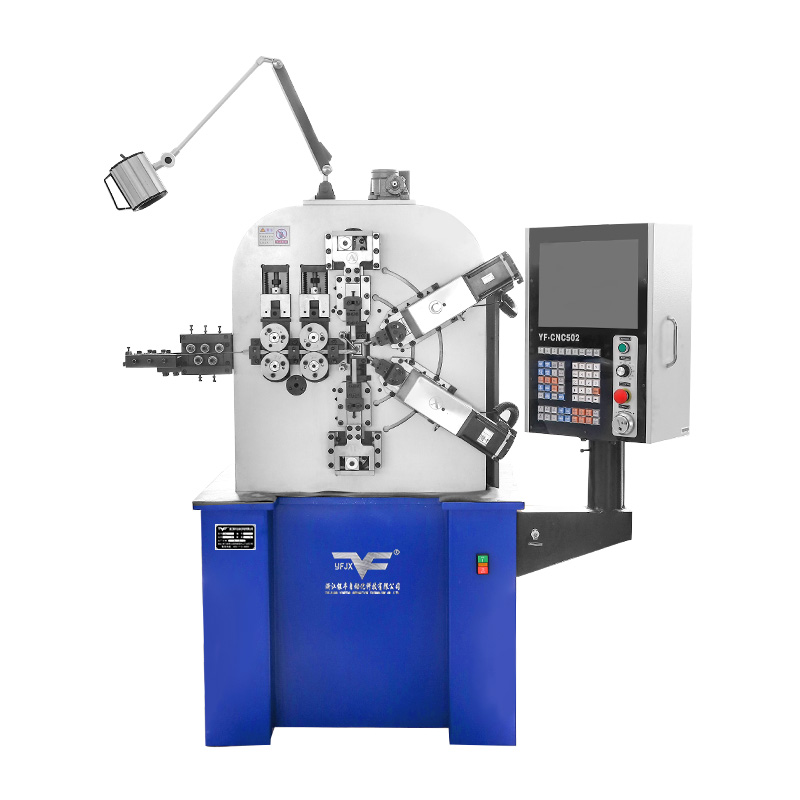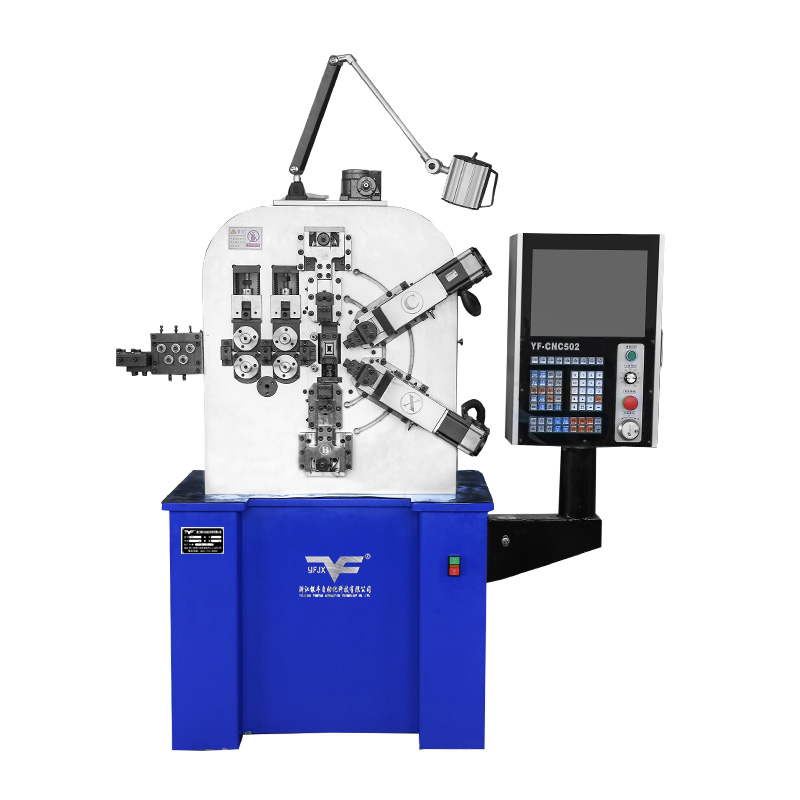The Spring Washer Making Machines Innovations Driving the Automotive and Construction Industries
Industry News-In the ever-evolving landscape of manufacturing, the innovation of spring washer making machines has been a game-changer, particularly in the automotive and construction industries. These industries, which are the backbone of many economies, have been witnessing a surge in demand for high-quality, precision-engineered components. The role of spring roll automatic machines and spring washer making machines in meeting this demand cannot be overstated.
Automotive Industry:
The automotive industry is a prime example of how the integration of advanced machinery, such as spring roll automatic machines, has revolutionized production processes. These machines are designed to roll and shape metal into the precise form required for various automotive applications, including suspension systems, engine mounts, and clutch components. The precision and efficiency of these machines have led to a significant reduction in production time and an increase in the quality of the final product.
Spring washer making machines, on the other hand, have been instrumental in the production of washers that are critical for the assembly and function of automotive parts. The washers produced by these machines are used to distribute the load of a threaded fastener, reducing wear and preventing the fastener from loosening. The innovation in spring washer making machines has led to the creation of washers that are more durable, reliable, and capable of withstanding the harsh conditions of the automotive environment.
Construction Industry:
Similarly, the construction industry has embraced the advancements in spring washer making machines to enhance the durability and longevity of its structures. In construction, washers are used extensively in fastening systems, ensuring that components are securely held together and can withstand the test of time and environmental factors.
Spring roll automatic machines have also found their niche in the construction sector, where they are used to produce springs that are integral to the functioning of various mechanical systems within buildings. These springs are used in door closers, window mechanisms, and even in the support systems of large structures, ensuring smooth operation and reducing the need for frequent maintenance.
Innovations in Spring Washer Making Machines
The continuous innovation in spring washer making machines has led to the development of features that enhance their performance and adaptability. For instance, modern machines are equipped with advanced control systems that allow for the customization of washer dimensions and shapes, catering to the specific needs of different industries. Additionally, the integration of automation has reduced the need for manual labor, cause increased production efficiency and reduced human error.
Role of Spring Roll Automatic Machines
Spring roll automatic machines have also seen significant advancements, with the ability to produce a wide range of spring profiles and sizes. These machines are capable of handling various materials, including stainless steel, carbon steel, and other alloys, which are essential for the production of high-strength springs used in both the automotive and construction industries.
Impact on Manufacturing Processes
The integration of spring roll automatic machines and spring washer making machines has had a profound impact on manufacturing processes. The automation of these processes has not only increased production rates but also improved the consistency and quality of the components produced. This has been particularly beneficial for industries that require large volumes of standardized parts, such as the automotive and construction sectors.
Looking ahead, the future of spring washer making machines is promising. With ongoing research and development, these machines are expected to become even more sophisticated, incorporating advanced materials, improved energy efficiency, and greater adaptability to meet the diverse needs of various industries.

 English
English русский
русский Español
Español 简体中文
简体中文